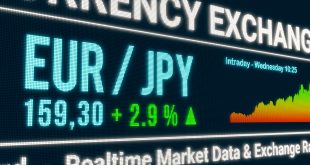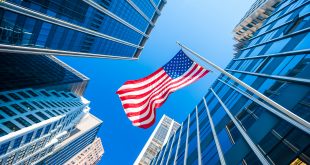The Swiss National Bank’s unexpected decision to slash its key policy rate to 0% has left the USD/CHF pair idling near 0.8186, subdued by thin trading volumes during the U.S. Juneteenth holiday. This article argues that the SNB’s bold move, aimed at tackling disinflation and the Swiss franc’s strength, risks economic turbulence if negative rates follow. With global uncertainties like Middle East tensions looming, Switzerland needs clear policy communication and strategic measures to avoid destabilizing its economy.
A Surprise Cut to Zero Explained
On June 19, 2025, the Swiss National Bank, led by Chairperson Thomas Jordan, cut its policy rate by 25 basis points to 0%, making it the lowest among major central banks. This move, surprising markets expecting a more cautious approach, aimed to counter low inflation and prevent the Swiss franc from appreciating too strongly, which could harm exports. The USD/CHF pair, trading at 0.8186, barely budged, as low trading volumes during the U.S. Juneteenth holiday limited market activity. The pair struggled to break past the 21-day Exponential Moving Average at 0.8205, a technical level signaling resistance to upward movement. The SNB projected inflation at a mere 0.2% for 2025, rising gradually to 0.4% and 1.3% later in 2025, 1.4% in 2026, and 1.9% in 2027, reflecting persistent disinflationary pressures.
Economic Risks Under the Spotlight
The SNB’s dovish stance targets disinflation—when prices rise too slowly, risking economic stagnation—and the franc’s strength, which makes Swiss goods pricier abroad. However, Chairperson Thomas Jordan highlighted risks of pushing rates below zero, a policy not currently planned but possible if conditions worsen. Negative rates could squeeze savers, strain pension funds by reducing returns, and inflate real estate prices, potentially creating bubbles. Meanwhile, the 10-year Swiss bond yield rose to 0.4%, driven by geopolitical tensions in the Middle East, particularly Iran’s conflicts, and signals from the U.S. Federal Reserve’s tighter policy. This yield increase reflects investors demanding higher returns to offset global risks, which could amplify Switzerland’s economic vulnerabilities if disruptions like oil price spikes occur.
Learning from History
Switzerland’s past experiments with low or negative rates, notably from 2015 to 2022, offer lessons. Back then, negative rates weakened the franc to boost exports but led to overheated real estate markets and pressured pension funds, forcing savers to seek riskier investments. The current zero-rate policy echoes this strategy but stands out against the European Central Bank’s 2023 rate hikes, which aimed to curb inflation. This divergence could isolate Switzerland if global peers tighten further, making its exports less competitive. The SNB’s focus on disinflation over growth sets it apart, but it risks repeating past mistakes if not carefully managed.
Practical Steps for a Stable Future
To avoid economic pitfalls, the SNB should prioritize clear communication, specifying conditions—like worsening disinflation or franc surges—that might trigger negative rates. This transparency can prevent market panic and stabilize expectations. Strengthening foreign exchange interventions, as the SNB pledged, could control the franc’s value without deeper rate cuts. Fiscal policies, such as tax breaks for pension funds or incentives for exporters, could ease the burden of low rates. Markets see a 53% chance of another cut in September, but rushing into further easing risks weakening the franc too much, potentially importing inflation if global prices rise.
The SNB’s surprise cut to zero underscores its fight against disinflation, but the USD/CHF’s lackluster response signals market doubts. With Middle East tensions and domestic risks in play, Switzerland faces a tightrope walk. Transparent policies and targeted interventions will be crucial to maintain economic balance while dodging the dangers of negative rates.

 Noor Trends News, Technical Analysis, Educational Tools and Recommendations
Noor Trends News, Technical Analysis, Educational Tools and Recommendations




